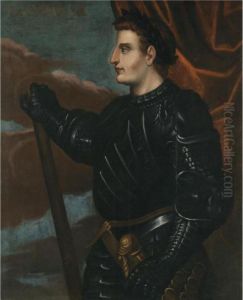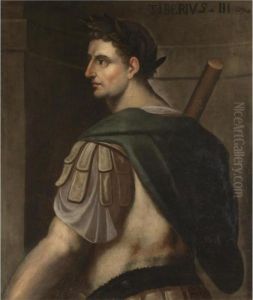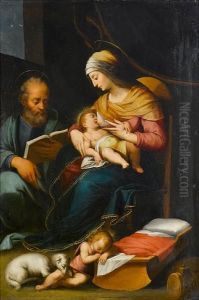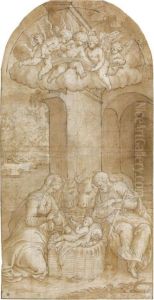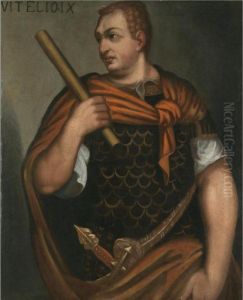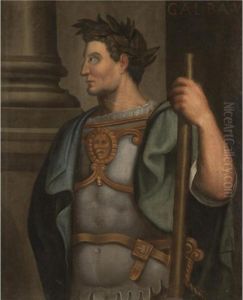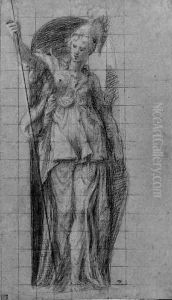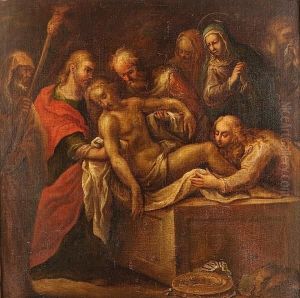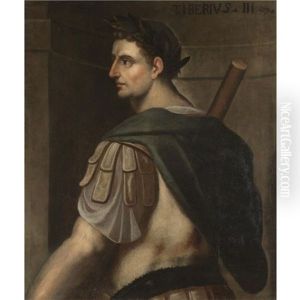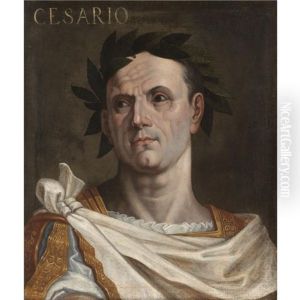Bernardino Campi Paintings
Bernardino Campi was an Italian Renaissance painter who was born in 1522 in Cremona, Lombardy. He was an important figure in the Northern Italian school of painting, having been influenced by the works of artists such as Correggio and Giulio Romano. Campi's early training was likely in Cremona, where he would have been exposed to the works of the Campi family of painters, though he was not related to them.
Campi's career took him to various cities in Italy, including Mantua and Milan, where he executed works for churches and for the nobility. He was known for his religious compositions, portraits, and mythological scenes. His style is characterized by its elegant figures, a refined use of color, and a delicate approach to the rendering of light and shadow, a testament to the influence of Correggio.
In the 1540s, Campi worked in Reggio Emilia, and by the 1550s, he had moved to Milan, where he became an influential figure in the local art scene. One of his most famous works from this period is the 'Madonna and Child with Saints' in the church of San Fedele in Milan. In the later years of his career, Campi returned to Cremona where he continued to paint and contribute to the artistic life of the city.
Campi's work was significant for its blend of Lombard and Emilian elements, and he played a crucial role in the spread of Renaissance ideals in Northern Italy. He was also a teacher, with the famous Italian painter Sofonisba Anguissola among his notable pupils. His influence extended through his students and through the continued admiration of his work, which is characterized by its narrative clarity and visual harmony.
Bernardino Campi passed away in 1591 in Cremona. His legacy is preserved in the frescoes, altarpieces, and canvases that display his mastery of High Renaissance aesthetics, and he remains a respected figure in the history of Italian Renaissance art.

